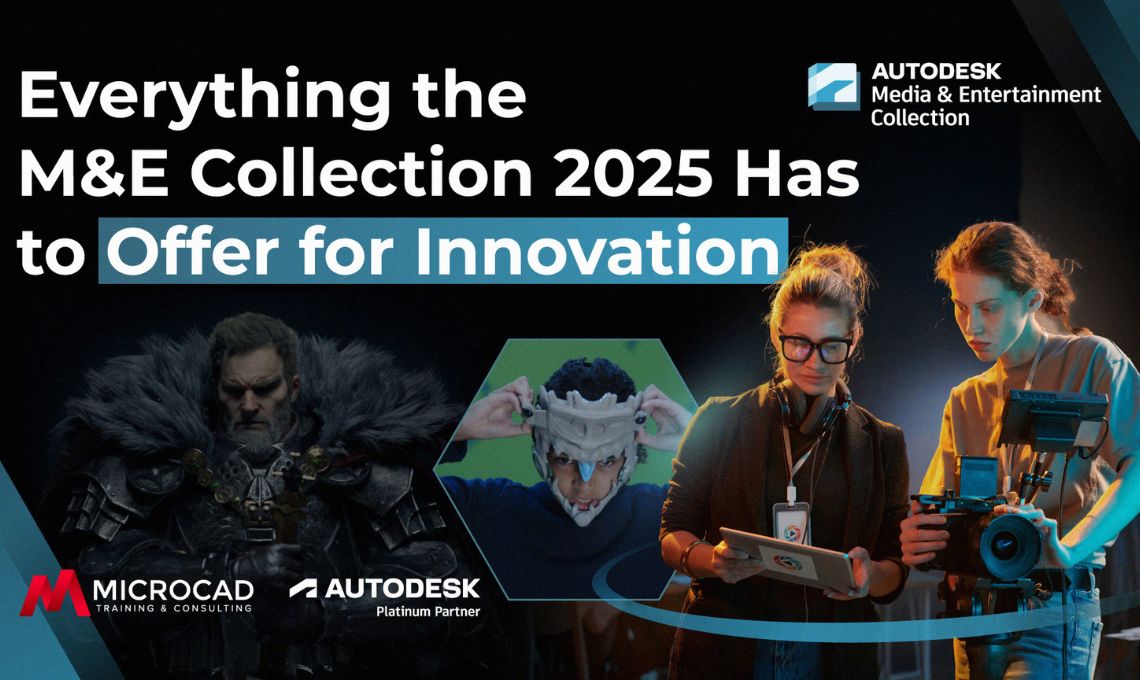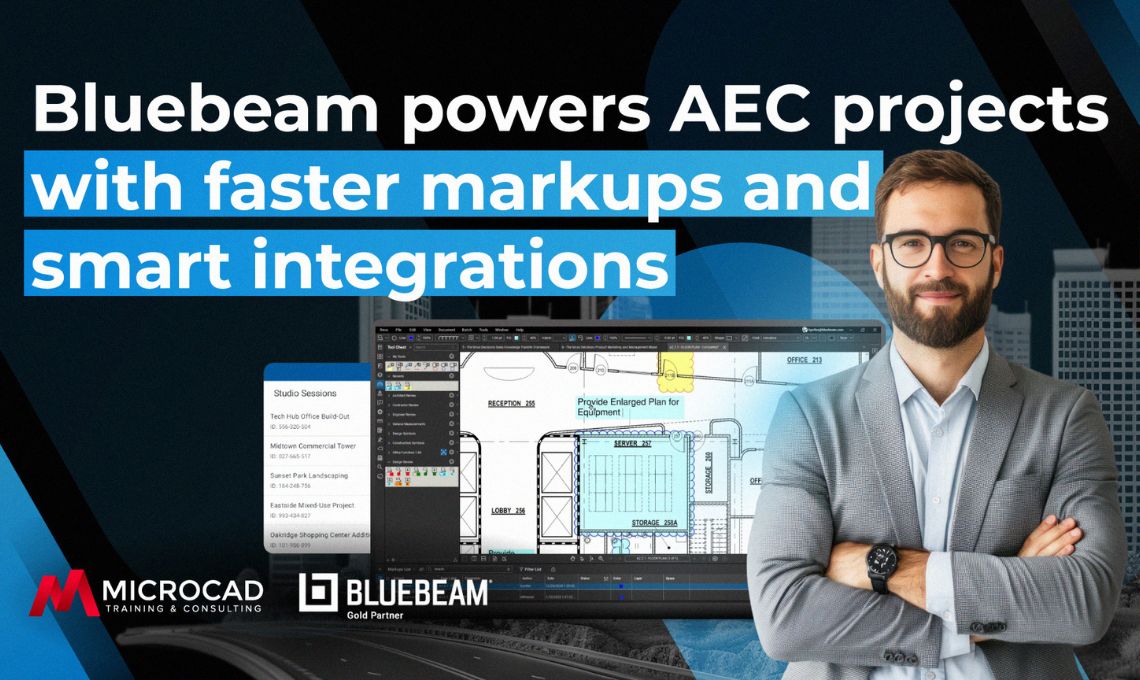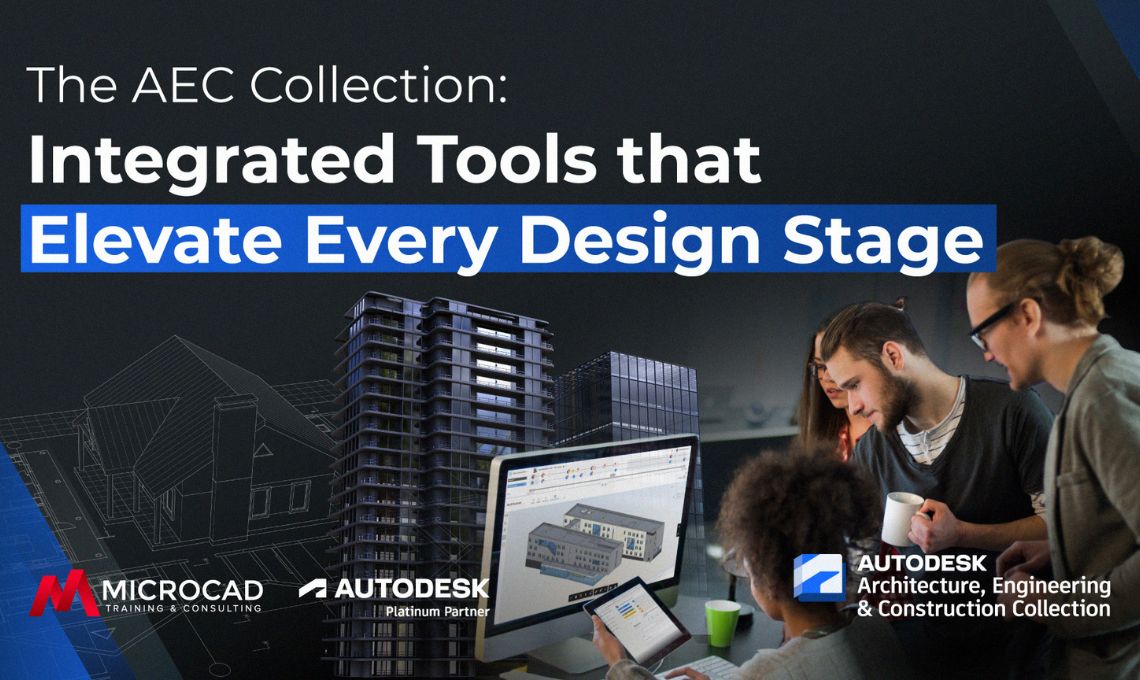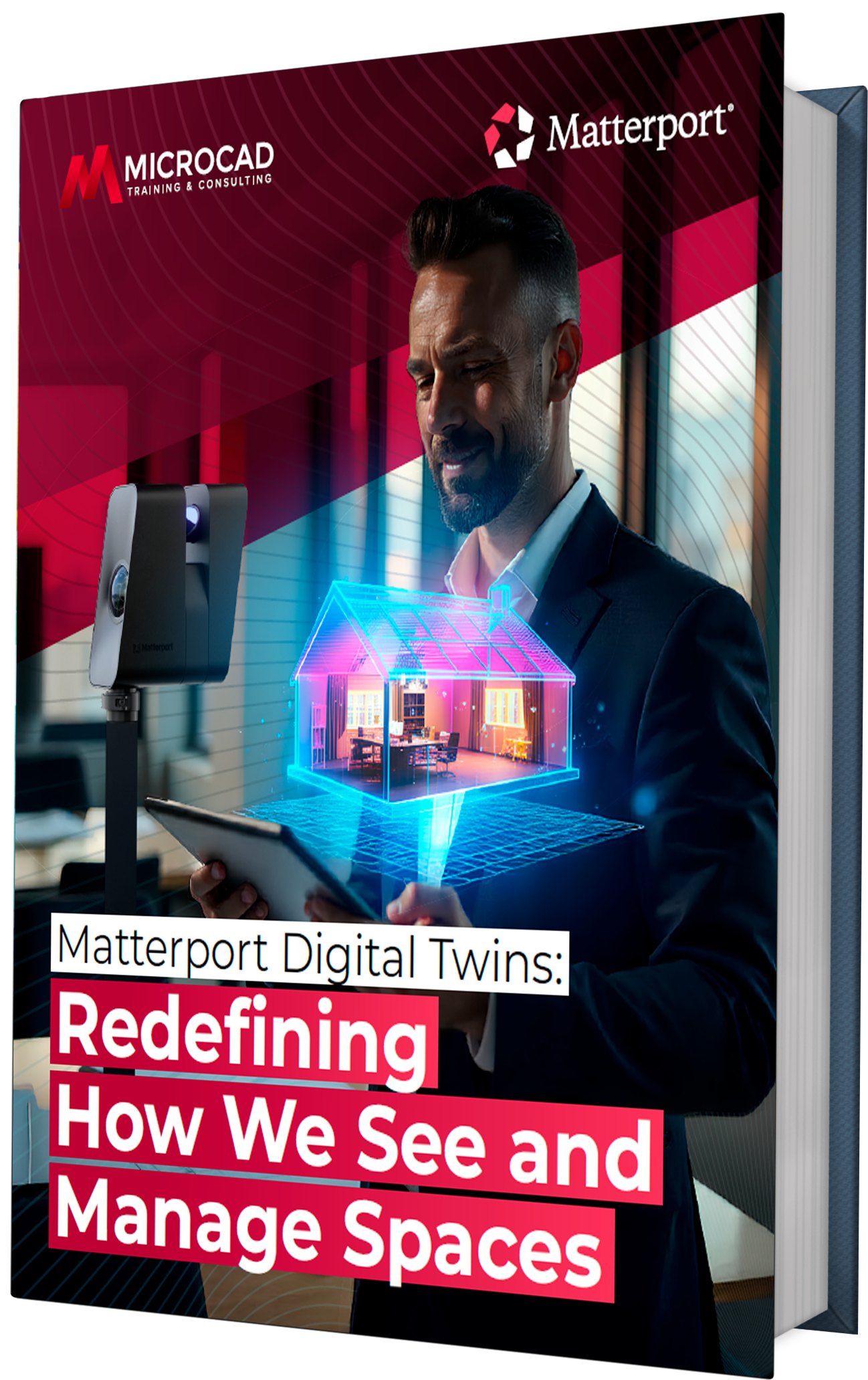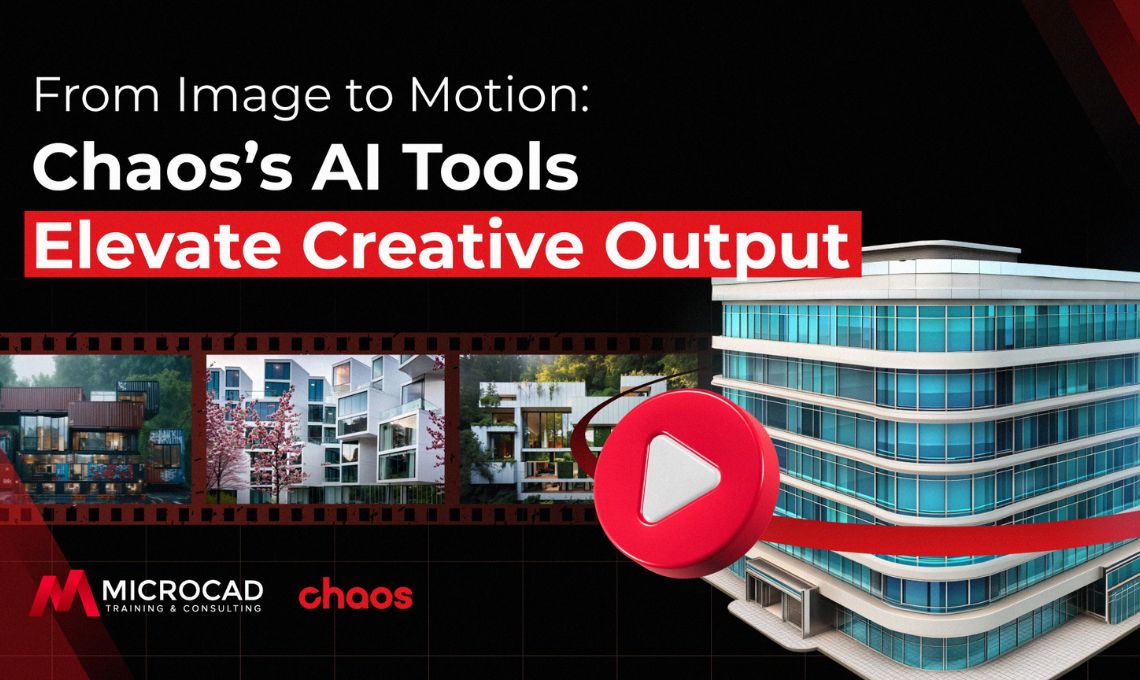Could you define what the metaverse is and what role it can play in the AEC industry? We know that thanks to the Metaverse and virtual and augmented reality, there is the possibility of creating an immersive and three-dimensional cyber-physical space. This will offer us a parallel and digital world in which we can carry out not only leisure activities but also applications that will help us perform daily tasks and work processes more efficiently.
Metaverse in the construction sector creates a great opportunity. This technology through virtual reality and mixed reality allows optimization of project developments by reducing variability in the construction stage. The results will be more sustainable and efficient projects.
Why introduce the metaverse into the construction industry?
These are some of the main advantages offered by the metaverse in the construction industry:
Metaverse linked to BIM methodology
BIM methodology will be more integrated into the sector thanks to the metaverse, promoting an immersive experience for both the architect and the client. Through virtual reality and augmented reality technologies, professionals will be in control of the creation process in each phase of construction. Thus, it will be vital to know how to work with BIM models in these virtual environments to extract 3D models from a 2D model in a simplified way.
More efficient and sustainable projects
With the metaverse, companies will get savings in different aspects and phases of the projects. First, the objectives will be achieved efficiently. One of the most beneficial aspects will be collaborative work. We will be able to attend work meetings with clients or professionals of the sector in a virtual and immersive experience as if it was real life but without having to travel. This will help us gain efficiency, as well as sustainability by avoiding unnecessary travel.
Time and cost savings
Applying this new technology through virtual reality and mixed reality will bring all kinds of benefits. In terms of resource savings, the main objective is to reduce potential contingencies. The more optimized the resources are, the more efficient the work being done will be. In that sense, the application of the metaverse implies greater savings in different resources used throughout the different phases of the project.
Greater creativity for industry professionals
AEC professionals will be able to make the impossible possible. This is where architects’ and engineers’ creativity and other capabilities come in handy. These new technologies will be able to test different design creations, as well as adapt to the client’s needs and minimize possible errors. All this is in real-time. This new customer experience will benefit when it comes to generating expectations.
A smarter operation
In the construction sector, information is critical. With better information, we reduce uncertainty and gain efficiencies. We reduce risk and improve the information. A digital twin integrates real-time data from a built asset with its digital representation to create insights across the project lifecycle. In other words, AEC professionals can make simulations before the real objects are created, to collect data to predict how they will work.
Digital twins not only help you digitally transform your business, but they also help you stand out from the competition. With organized and standardized data, your customers benefit from more efficient operations, lower maintenance costs, and a higher return on investment.


